Benefits
Specifications
How-to
Contact Us
Learn More
Revolutionizing
Equine Identification
Painless. Accurate. Secure.
The future of horse identification starts here.
Learn More
Imagine a world where identifying your horse is as effortless as a blink. EYE-D makes this possible with its patented iris-scanning technology. Built for precision and compassion, EYE-D is the trusted partner for horse owners seeking accuracy, security, and peace of mind. With our innovative approach, managing your horse's identity and records has never been simpler or more secure.
Technology
How Eye-D Works
3 Steps to the Future of Equine Identification
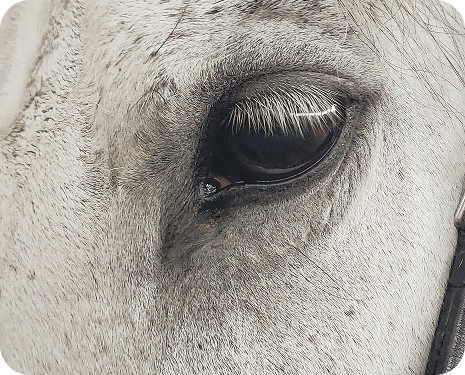
STEP 1
Scan
Securely record a horse's unique iris pattern without causing discomfort through a quick, noninvasive scan.

STEP 2
Enroll
Securely record a horse's unique iris pattern without causing discomfort through a quick, noninvasive scan
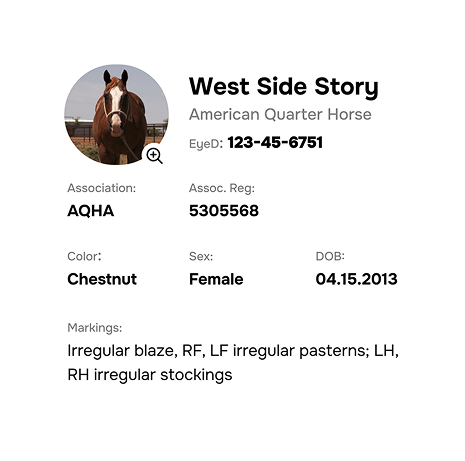
STEP 3
Access
Securely record a horse's unique iris pattern without causing discomfort through a quick, noninvasive scan.
key benefits
Why Choose
Eye-D?
Protection
Prevent fraud with accurate, painless horse identification.
Applications
Who Uses Eye-D
Horse
Owners
Protect and manage your horses' records effortlessly.
Equine Associations
Maintain integrity in competitions and streamline registrations.
Vets
Centralize and simplify health record management.
Government
Agencies
Enhance welfare monitoring and fraud prevention.
Ready to Experience the Future of Equine Identification?
Schedule a Demo
Contact Sales
© Iristrac, LLC.
2025
All Rights Reserved
Revolutionizing
Equine Identification
Painless. Accurate. Secure.
The future of horse identification starts here.
Learn More
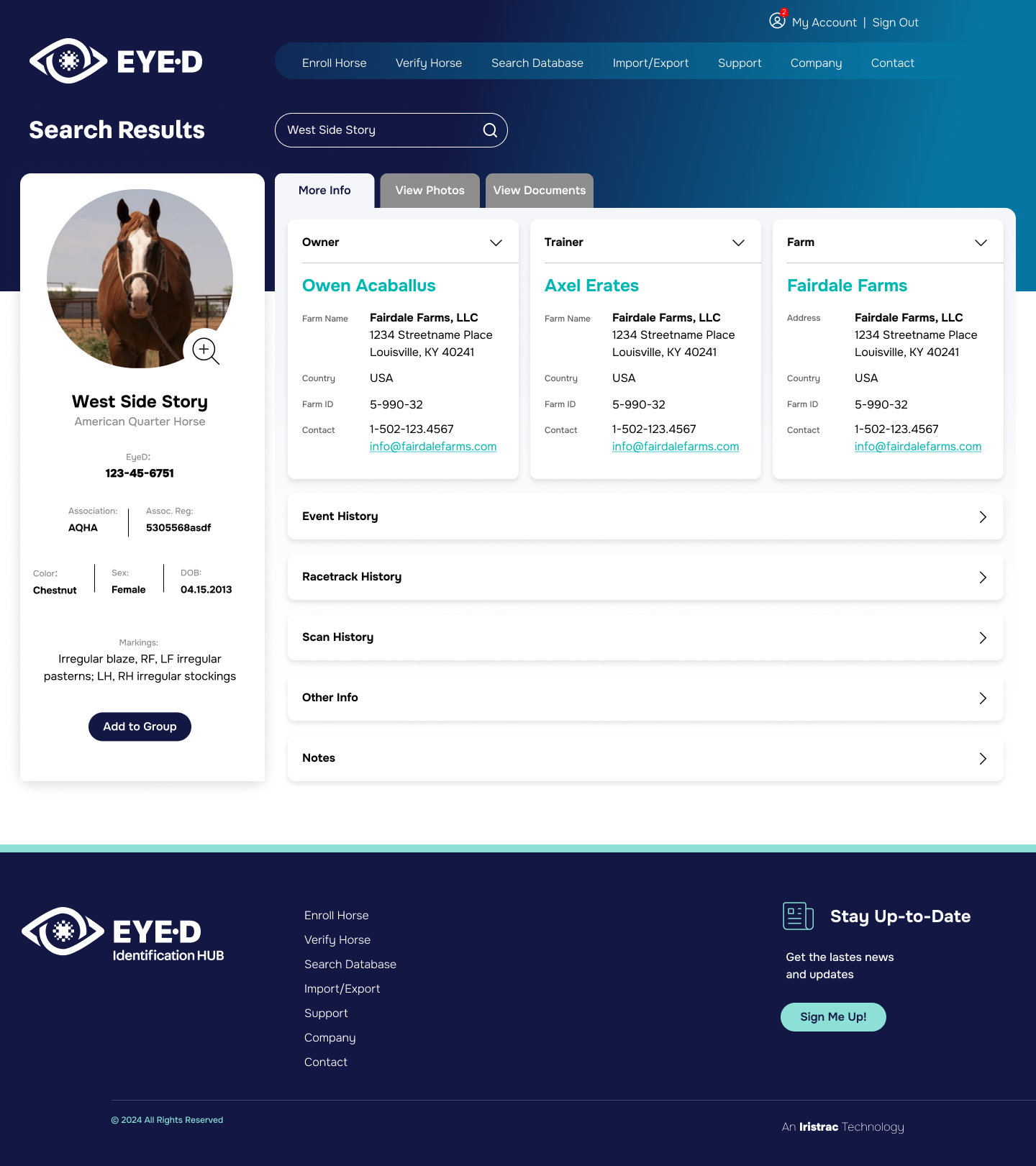
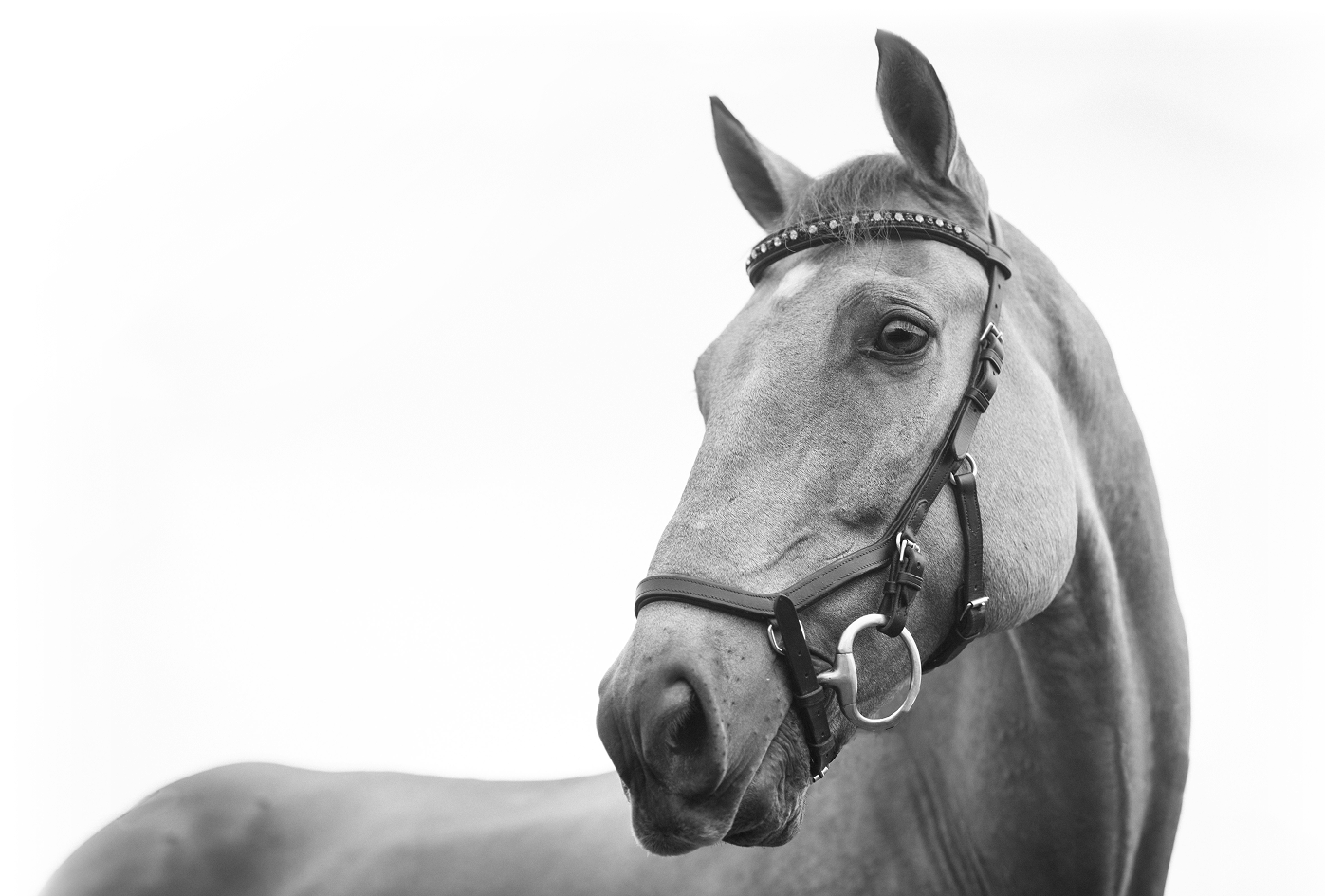
Imagine a world where identifying your horse is as effortless as a blink. EYE-D makes this possible with its patented iris-scanning technology. Built for precision and compassion, EYE-D is the trusted partner for horse owners seeking accuracy, security, and peace of mind. With our innovative approach, managing your horse's identity and records has never been simpler or more secure.



key benefits
Why Choose
Eye-D?
Precision
Reduce human errors in
record-keeping.
Protection
Prevent fraud with accurate, painless horse identification.
Compliance
Maintain records in one secure, centralized location.
Security
Gain insights and analytics from secure, centralized records.
Recovery
Simplify recovery of lost or stolen horses.
Ready to Experience the Future of Equine Identification?
Schedule a Demo
Contact Sales
© Iristrac, LLC.
2025
All Rights Reserved
About
Technology
Products
Applications
Why Eye-D
About
Technology
Products
Benefits
Applications
Why Eye-D
Revolutionizing
Equine Identification
Painless. Accurate. Secure.
The future of horse identification starts here.
Learn More
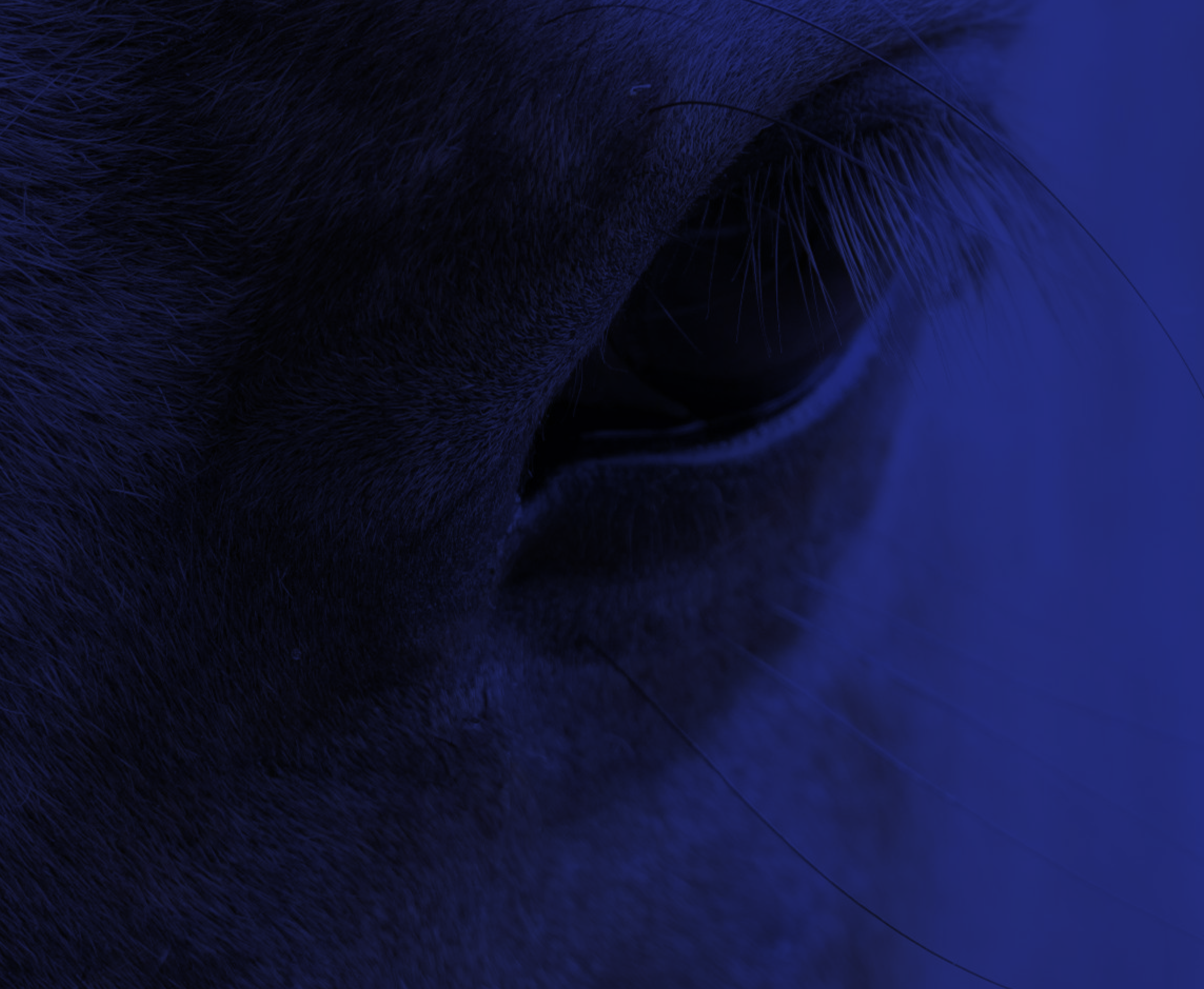


Imagine a world where identifying your horse is as effortless as a blink. EYE-D makes this possible with its patented iris-scanning technology. Built for precision and compassion, EYE-D is the trusted partner for horse owners seeking accuracy, security, and peace of mind. With our innovative approach, managing your horse's identity and records has never been simpler or more secure.



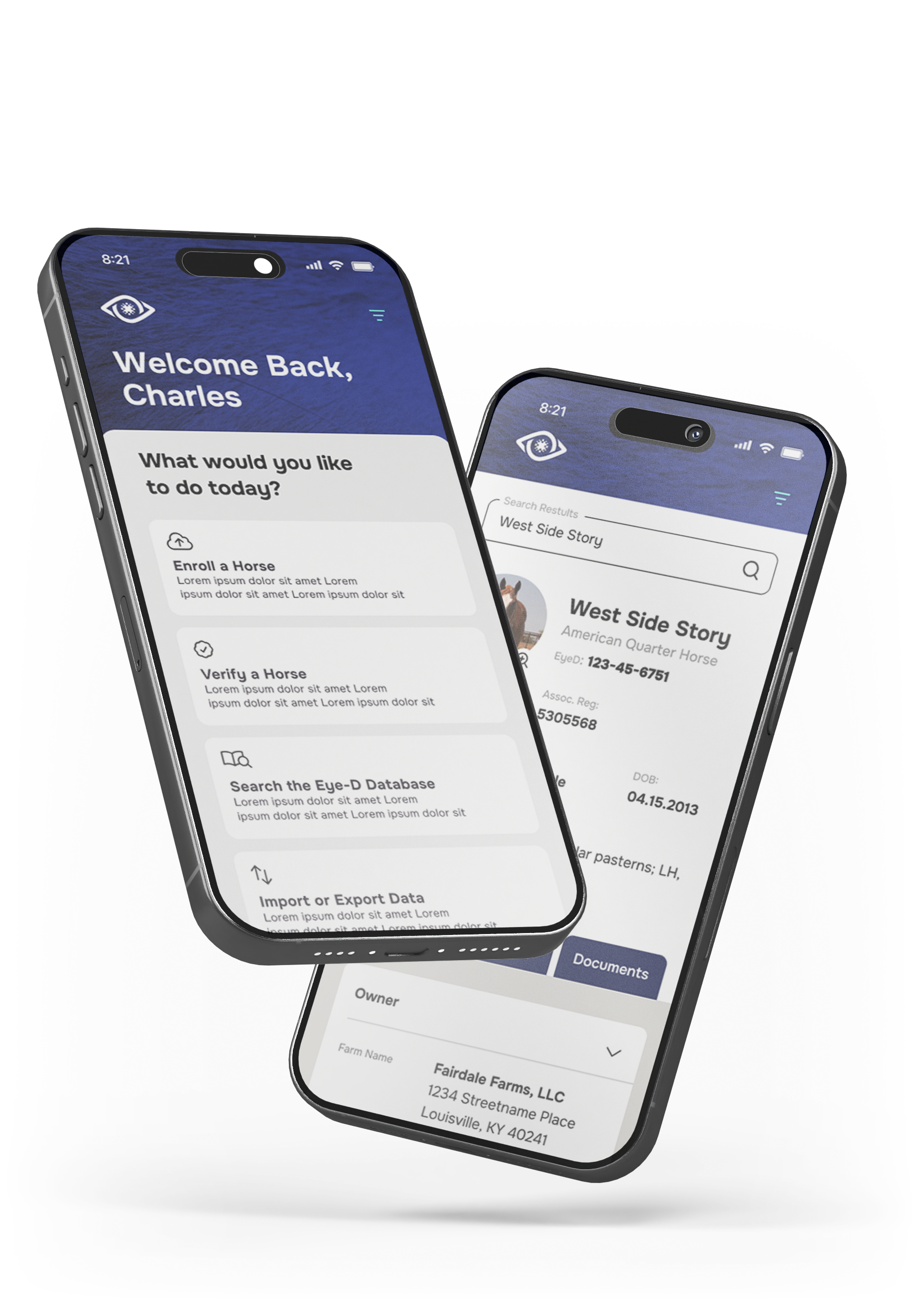
Ready to Experience the Future of Equine Identification?
Schedule a Demo
Contact Sales
© Iristrac, LLC.
2025
All Rights Reserved






